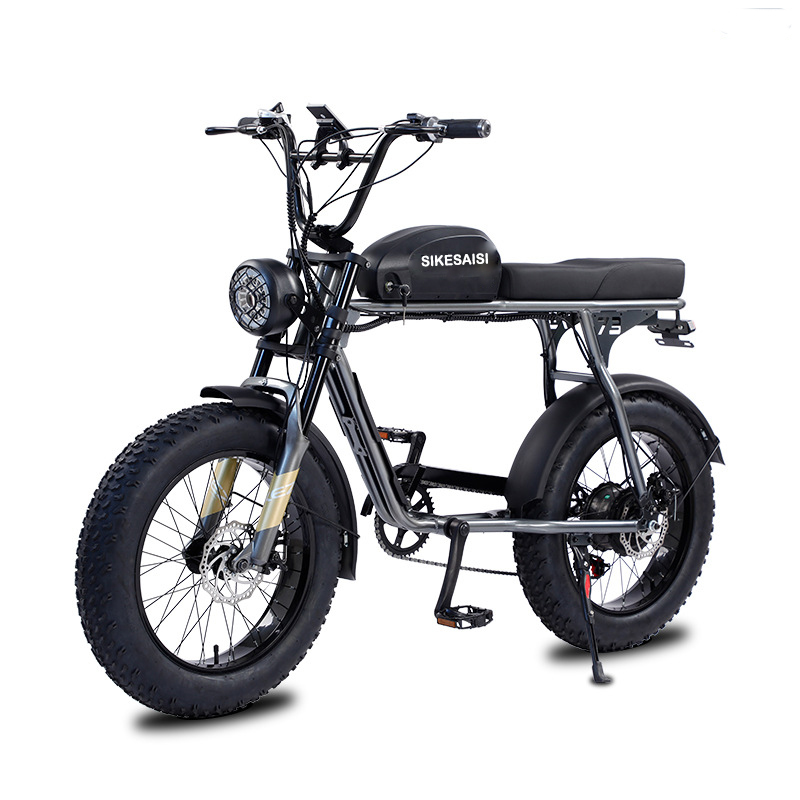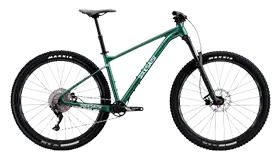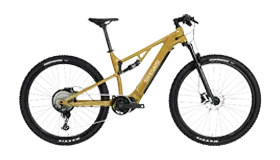Things to Note When Riding a Lithium Battery Bike
Nowadays, lithium battery mountain bikes are becoming more and more popular. They can save riders a lot of energy, so that they can pass more complex road conditions and challenge higher difficulties. It allows many ordinary riders to experience the fun of traveling in mountains and forests.
However, after all, electric-assisted mountain bikes are different from ordinary mountain bikes. Riders need to master the correct riding knowledge and skills in order to better utilize its performance and feel its charm.
So, what should you pay attention to when riding an electric mountain bike?

Don’t pursue speed
Electrically assisted mountain bikes have powerful torque. On flat roads, their speed can be comparable to that of ordinary electric bikes. For some riders with strong muscles, the riding speed can be even faster. But every second faster, the danger increases.
The law stipulates that the maximum speed of electric vehicles is 25 kilometers per hour. Some cities also stipulate that the speed of riding on non-motorized lanes cannot exceed 15 kilometers per hour. Therefore, don’t pursue speed when riding an electric-assisted mountain bike. This is not only dangerous, but may also be illegal.
Reasonable use of power assist gears
Electrically assisted mountain bikes have different assist modes. When going downhill, switch from high gear to low gear and keep it unchanged. Downhill is an accelerating process. If you use high gear or change gears at will, the body will easily lose balance. When climbing a hill, do not suddenly change gears from the lowest gear to the highest gear. Sudden acceleration can easily cause you to lose your balance. If you hit a rock, the front of the car will tilt up and the car will flip over.
Control your center of gravity and balance
The body of an electric-assisted mountain bike is heavier than an ordinary mountain bike and has better grip, but it also places higher demands on the rider's ability to control the bike. For some obstacles, ordinary mountain bikes can easily jump over them by raising the front of the car, but electric mountain bikes must be prepared for collisions.
In addition, lean forward when climbing and lean back when going downhill to keep the center of gravity of the person and the bike on the same vertical line, and try to avoid rocking the bike, so that the ride will be more stable and safer.
Pay attention to road conditions at all times
Electrically assisted mountain bikes can help riders increase their cadence and ride faster on mountain roads. However, the conditions in the mountain forest are complex, so be careful to avoid weeds, branches, and scratches. When riding on roads with many pedestrians, always pay attention to the road conditions ahead, make predictions in advance, and reserve sufficient braking distance. Always slow down when going downhill and turning.
Regularly maintain the motor and battery
Most of the time, electric-assisted mountain bikes have to face complex mountain road conditions. Scratches, impacts, crashes, water immersion, etc. are unavoidable. High-intensity riding also causes great losses to the motor and battery.
Charging in a timely manner, using the power-assisted gear appropriately, and inspecting and maintaining the motor and battery at regular intervals can extend the service life of the motor and battery and allow the electric-assisted mountain bike to maintain optimal performance.










